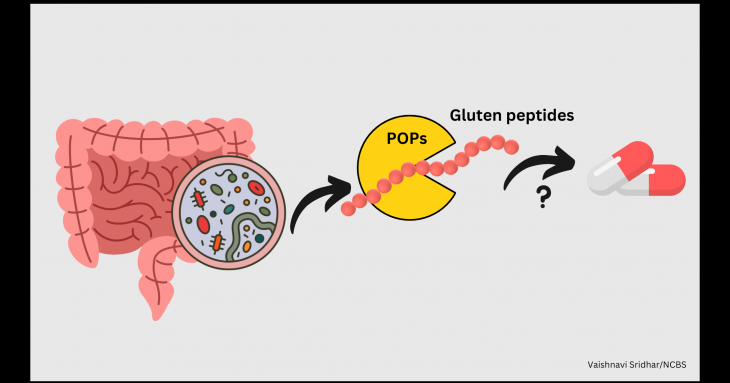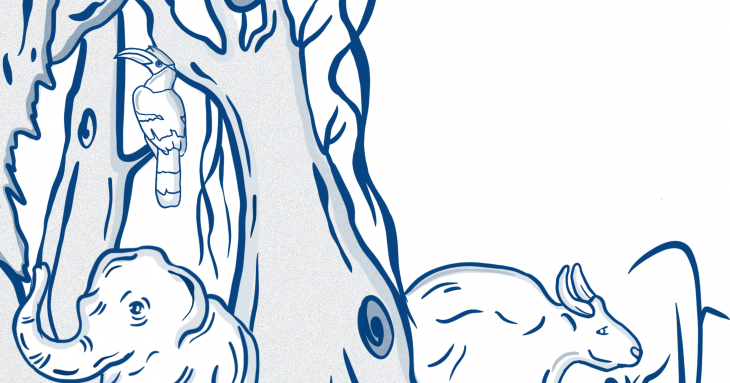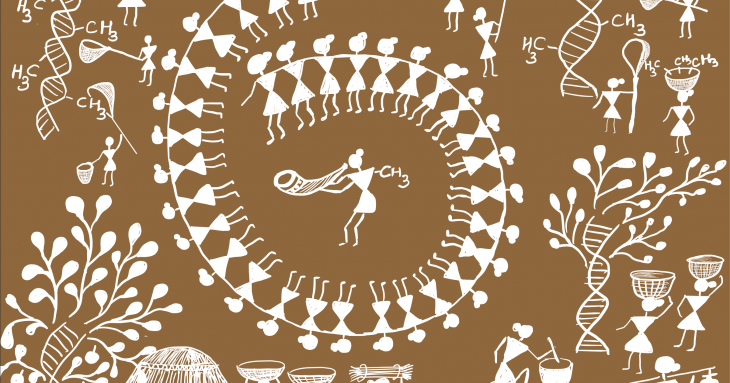-
Potential therapeutics for celiac disease could lie in our gut
Wheat, rye, and barley are some of the oldest grains cultivated by humankind.
-
Interview with Prof. Hiroshi Hamada
NCBS recently wrapped up the NCBS RIKEN-BDR meeting. This meeting was spearheaded by Prof. Hiroshi Hamada, Senior Visiting Professor, NCBS & Ashoka Distinguished Visiting Fellow. The meeting helped foster scientific collaboration and greater appreciation for the research being done at both the centres. It further opened up new doors for more joint programs and scientific exchange. I talk to Prof. Hiroshi Hamada about his time at NCBS, his research, and his interest in furthering India-Japan scientific relations.
1. What brought you to India and NCBS?
-
How Does Rice Treat its Wounds?
Step on a snake, it bites back. Step on a plant, it suffers in silence? Actually, no. Like animals, plants too have survival strategies to help them endure and recover from such accidents. In the plant world, being nibbled on by herbivores or damaged by harsh weather is routine.
-
Large Herbivores losing genetic connectivity in Central India
Habitat loss, degradation and fragmentation are major threats to biodiversity across the globe. Extensive development is fragmenting habitats, resulting in small, isolated patches of natural habitat within a broader mosaic of altered landscapes.
-
Transcriptional switches help bacteria survive aberrant DNA methylation
Bacteria routinely face stress from radiation, toxins, metabolic by-products and even antibiotics secreted by other bacteria in the environment, which can damage their DNA.
-
Unraveling Neural Health: Insights from Lipid Transfer Proteins and Cellular Regulation
In the intricate world of cellular biology, lipids are essential players, that serve as building blocks of cellular structure an
-
Private Land for Long-term Ecological Monitoring and Research
A large tract of uncultivated land near Western Ghats has been made available to the National Centre for Biological Sciences for Ecology and Biodiversity Research
-
Understanding Endangered Vulture Diets: Implications for Conservation Strategies
A new study, a first of its kind in the Indian subcontinent, has revealed how the diet composition of threatened vulture species varies across different landscapes. Using a novel metabarcoding technique, a team of scientists from National Centre for Biological Sciences (NCBS-TIFR), Bombay Natural History Society, Department of Zoology, University of Cambridge, Karnataka Vulture Conservation Trust, and Hume Centre for Ecology and Wildlife Biology, have been able to examine faecal samples from vultures, to identify the DNA of diet species whose carcasses the vultures likely consumed.
-
25 years and counting: Celebrating Silver Jubilee service 2023
Tata Institute of Fundamental Research (TIFR) has a longstanding tradition of honouring staff and students annually for their exemplary service and work during the Foundation Day celebrations, which is held on 30th October in TIFR, Mumbai. On this occasion, staff members who have served for 25 years at TIFR institutions are honoured. This time, three members of the NCBS family- Prof. R. Sowdhamini, Senior Professor, Mr. Prashanthmurthy, Administrative Officer-Hospitality Services and Mr. Ravindra Munshi, Engineer-Quality Control, were honored for their services.
















